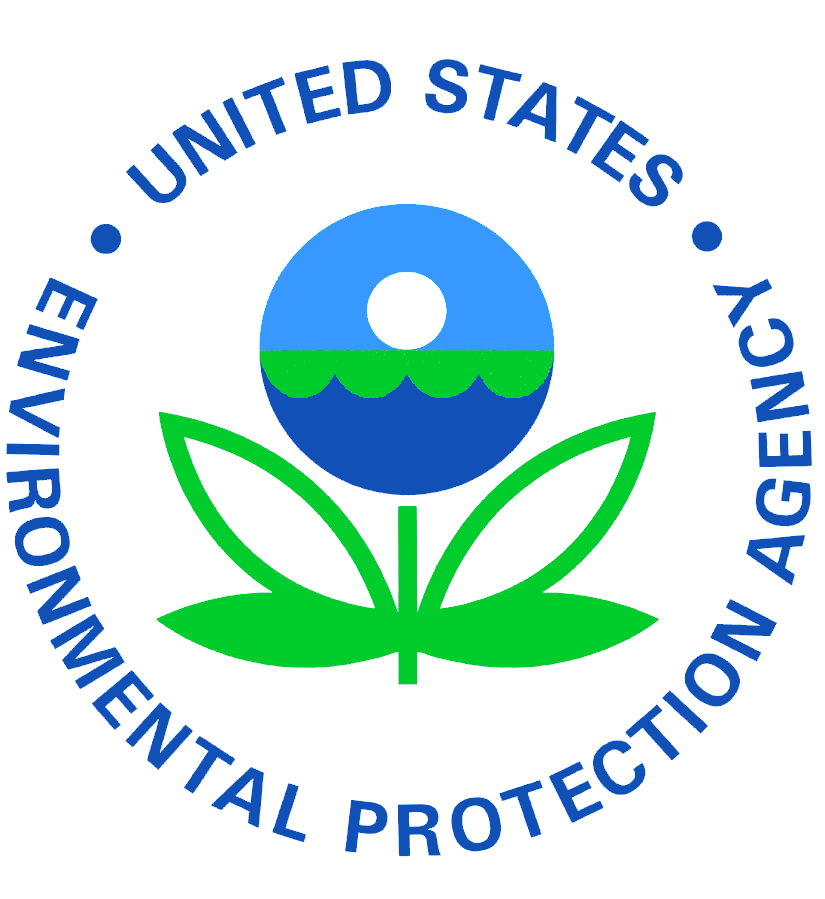An Increase in Animal Testing under TSCA?

Recently, as reported in Science and other outlets, the Physicians Committee found that in 2017, the first year of implementing the amended Toxic Substances Control Act (TSCA), the Environmental Protection Agency (EPA) required or requested roughly 10 times the number of animal tests for new chemicals as it had in previous years. In this post, we provide context on the circumstances leading to this alarming increase, explain how we uncovered it, and update you, our members and supporters, on what we are doing to reduce this inexcusably high number.
In June 2016, President Barack Obama signed into law the Lautenberg Chemical Safety Act, the first substantive amendment to TSCA in its 40-year history. The Physicians Committee and other organizations worked to ensure that the law, which strengthened EPA’s ability to regulate industrial chemicals, would not result in a massive increase in animal testing.
In implementing the new law, EPA is required to determine whether new chemicals entering commerce pose unreasonable risks to human health or the environment. While EPA has long used human-relevant methods in its review of new chemicals—for example, predicting a chemical’s potential for toxicity based on its structural similarities to other, already characterized chemicals—it still requires chemical manufacturers to conduct animal toxicity tests in some situations.
Because animal tests are not predictive of human health, a bipartisan group of senators and NGOs lobbied to ensure that language was included in the law that will, over time, reduce and ultimately replace the use of animals in chemical testing. As a result, the amended TSCA not only explicitly includes this historic goal but also provides the means to achieve it.
When requiring the development of new information, EPA is required to explain the basis for any decision requiring the use of vertebrate animals and to employ a tiered testing process, by which the results of screening-level tests—which use few or no animals—and assessments of available information inform its decisions on whether to require additional tests. Also, EPA and companies are required to consider and use scientifically appropriate nonanimal methods.
Finally, EPA is required to develop a strategic plan to promote the development and implementation of alternative methods and to report to Congress on its progress every five years. We have submitted extensive comments on this strategic plan a promising draft of which EPA released in March.
However, rather than wait for EPA’s first report, the Physicians Committee checked to see how much new animal testing EPA was requiring under its new chemicals review. We reviewed each consent agreement that EPA and chemical manufacturers entered into since EPA began implementing the amended TSCA in 2016. We were shocked to learn that in 2017, within these consent agreements, the agency required or requested 352 animal tests in which approximately 77,051 animals would be used.
It is important to note that it is very unlikely that all of these tests will be conducted. Most of EPA’s testing requirements are triggered by chemical manufacturers exceeding limits on time or production volume. If a manufacturer stops manufacturing before the time limit, or continues to manufacture the chemical below a certain volume limit, the tests need not be conducted. In addition to these testing requirements, EPA sometimes requests that manufacturers conduct tests in order to remove restrictions it has imposed on commerce. These “pended” testing requests can be reevaluated prior to the tests being conducted in case new information has become available which could prevent the test.
In 2017, a variety of animal tests were requested, including tests for skin sensitization and eye and skin irritation/corrosion—extremely painful tests on mice and rabbits for which acceptable alternatives exist. These tests would be conducted on numerous species of animals, including fish, guinea pigs, mice, rabbits, and rats. In contrast, in 2015, prior to TSCA reform, the agency required or requested only 27 animal tests for new chemicals, while in 2016, the number was 45. These tests would have used approximately 9,121 and 7,027 animals, respectively.
We immediately requested and received a meeting with top EPA officials to discuss the reasons for this alarming increase and steps EPA is taking to reduce its animal testing requests. At our meeting, EPA assured us that recently, it has begun relying more on “pended” testing requests than on triggered testing requirements, and this appears to be consistent with our preliminary review of 2018 consent agreements. However, we have so far found no adequate justifications for the decisions to require testing on vertebrate animals, which is required under the amended TSCA.
We also asked that EPA contact each company with which it entered a consent agreement to conduct animal tests for skin sensitization and inform it of EPA’s new policy to accept nonanimal tests, released in March of 2018. This action would prevent the deaths of hundreds of animals, and we are optimistic that EPA will take this step.
We continue to press EPA on these and related points and will update you on our progress in future blogs.







